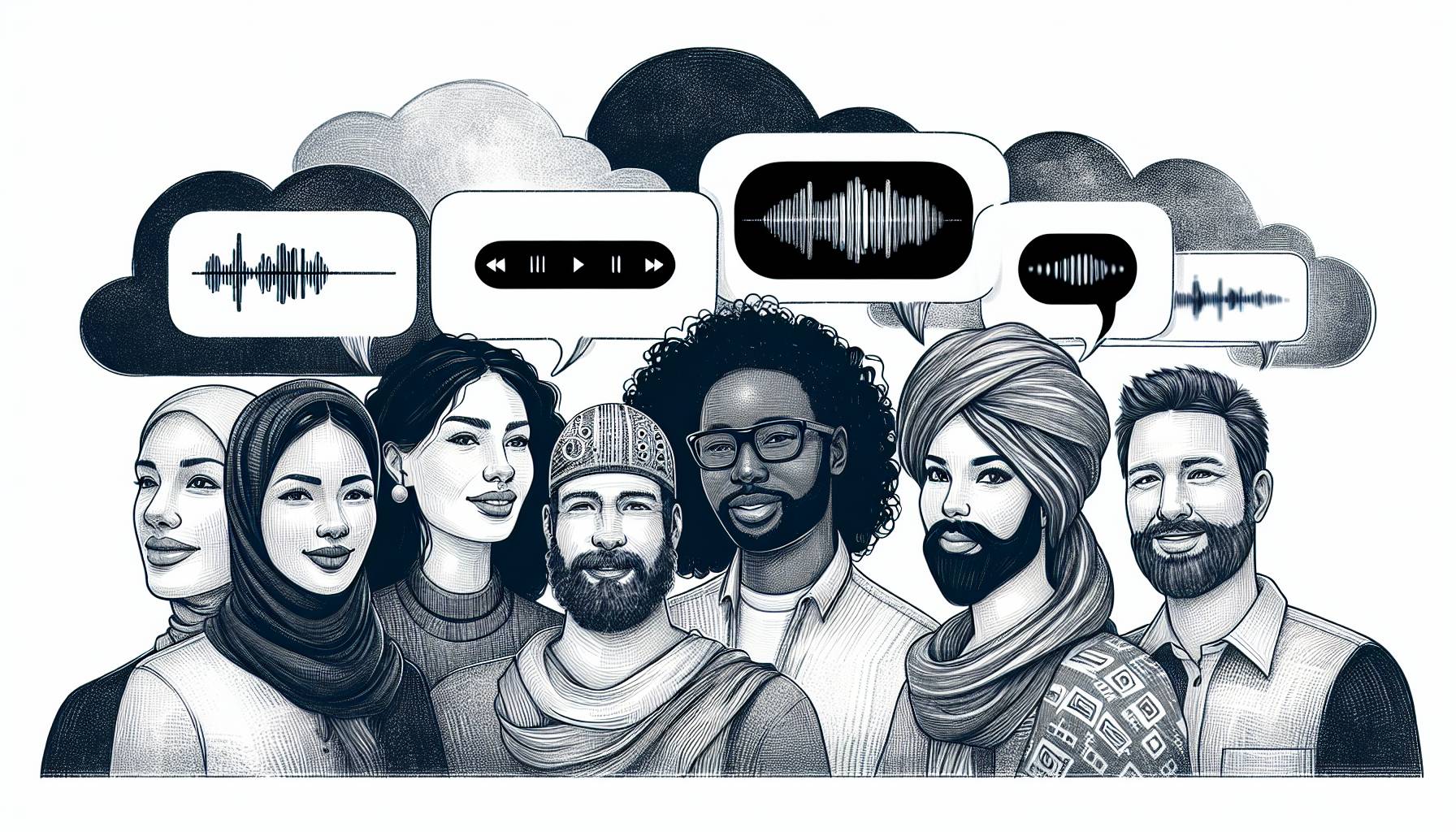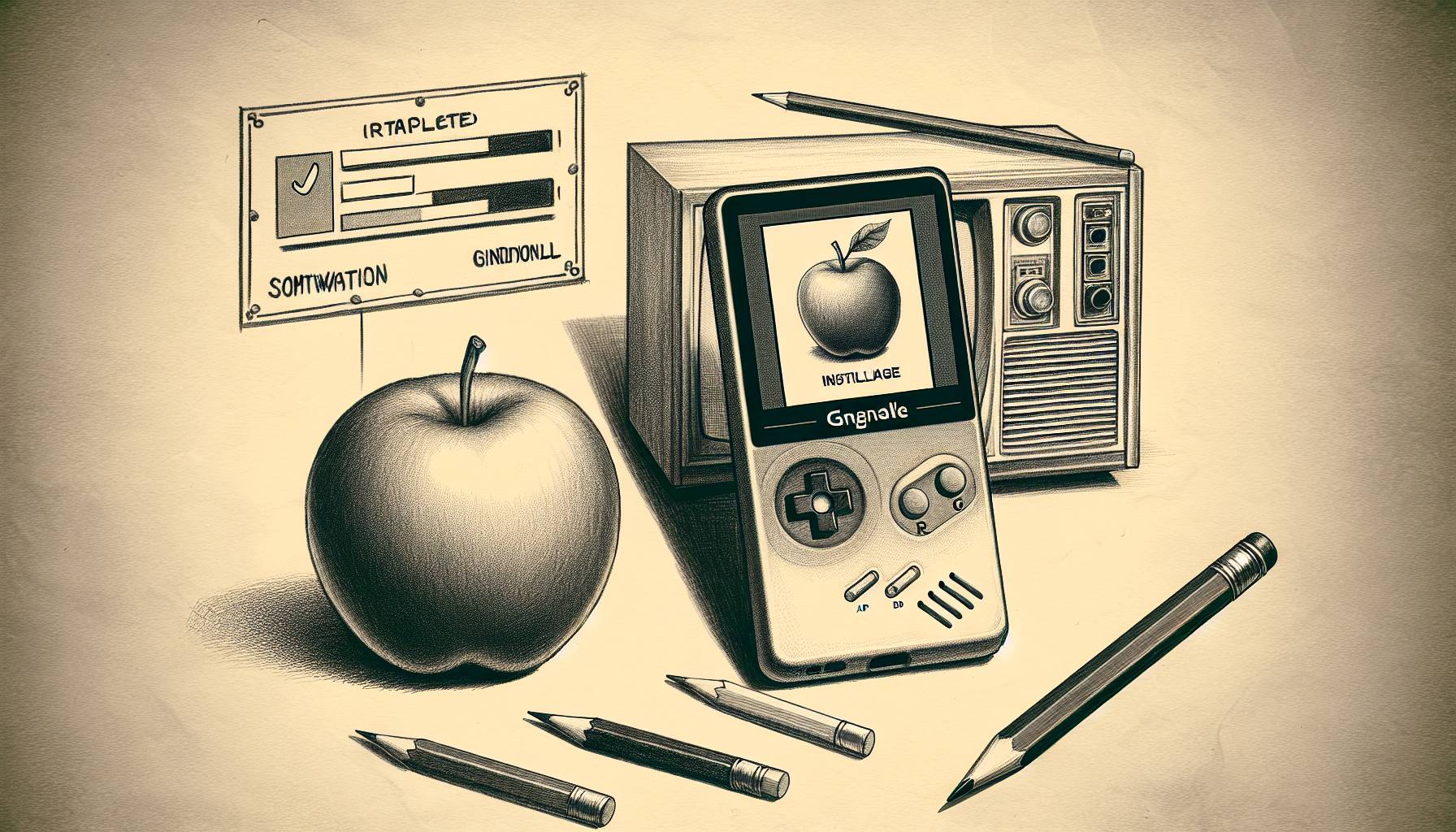Two billion dollars was a lot of money.
That was PayPal’s original estimate for the volume of money used in payments placed using mobile devices for 2011. And it’s wrong, at least according to PayPal. The company now expects that number to be closer to $3 billion this year.
PayPal updated the prediction on its blog, which it said is the third time it has had to change its expectations for this year. The first prediction was half as much as the latest – $1.5 billion in payments. Paypal has also seen a big increase in daily activity in just the last few months. Here’s a quote from the PayPal blog post:
“We’re now seeing up to $10 million in mobile TPV (total payment volume) a day – a big increase from the $6 million we reported in March. And we currently have eight million customers who are regularly making purchases on their mobile phones, up from a previously reported six million users.”
Mobile payments are a smaller subset of a much bigger whole: mobile commerce, or all the business being conducted using smartphones. Taken together, it’s actually a huge amount of money and data, especially when you start to factor in payments like bills and other such things and add them against content purchases and downloads. Research firm Forrester expects 2011 to see mobile commerce reach the $10 billion mark, according to a story from Mobile Commerce Daily, with an annual growth rate of 39 percent during the next five years. That means by 2016, Forrester predicts $31 billion will be changing hands through mobile commerce – but that will only account for 7 percent of all e-commerce by that year.
Verizon developing payment platform too
PayPal and Forrester aren’t the only companies paying attention to the amount of business that’s being done on the mobile platform, obviously. We recently heard that Verizon was working to develop a new mobile payment platform with a company called Payfone to develop its own platform, which would allow the company to work with credit company American Express and make it so users could add charges straight to their monthly Verizon Wireless bills, among other forms of payment.
The major wireless carriers – Verizon, AT&T and T-Mobile – are also partnered to create a mobile payment platform called that uses near field communication to allow customers to use their smartphones to complete transactions at brick-and-mortar establishments. Smartphones using near field technology can send out an extremely short-range signal and exchange information with certain designated terminals, like the debit and credit card readers already in use in many stores. With a tap or a wave, a smartphone could trade information with the terminal, allowing a user to pay by credit or debit almost instantaneously.
Google’s Wallet still open
And then there’s Google Wallet, the tech company’s big platform that would make smartphones a place not only for NFC payments, but a host of other things like store loyalty cards as well. Google Wallet is sort of a master mobile payments platform that Google hopes will make a big splash and is open to partnering with just about everyone in the mobile market, according to the company. That service is being tested this summer with larger roll-outs starting in the fall.
Obviously with so much money moving through the mobile sphere, lots of companies want to get a piece. Security is the big concern now; with so many contenders jumping into the ring that want to handle mobile users’ money, the ones with the best protection are going to reign supreme.












